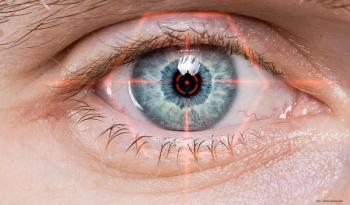
Aspherical lenses = less aberrations
The incidence of spherical aberrations tends to be lower in eyes with aspherical lenses than in eyes with spherical lenses.
The incidence of spherical aberrations tends to be lower in eyes with aspherical lenses than in eyes with spherical lenses, according to Paolo Garimoldi and colleagues from the Ospedale di Circolo, Italy.
A total of 42 eyes affected by cataract underwent phacoemulsification and implantation of an intraocular lens (IOL) in the capsular bag. Subjects were randomized to receive one of three types of aspherical lenses: Alcon Acrysof IQ, Bausch and Lomb ADAPT, Ligi AS/60, or one type of spherical lens: Hoya AF 1. All eyes, including the control group of 12 young healthy eyes, underwent corneal topography and aberrometry 15 days prior to surgery.
Fifteen days following surgery, the mean total spherical aberration was significantly higher in eyes with a spherical lens. Among the aspherical lenses only small differences were noted. The mean corneal spherical aberration was similar in all groups, however the mean internal spherical aberration was higher in eyes that received the spherical lens.
Dr Garimoldi concluded that spherical aberrations are less common in eyes implanted with aspherical lenses.
Newsletter
Get the essential updates shaping the future of pharma manufacturing and compliance—subscribe today to Pharmaceutical Technology and never miss a breakthrough.













































